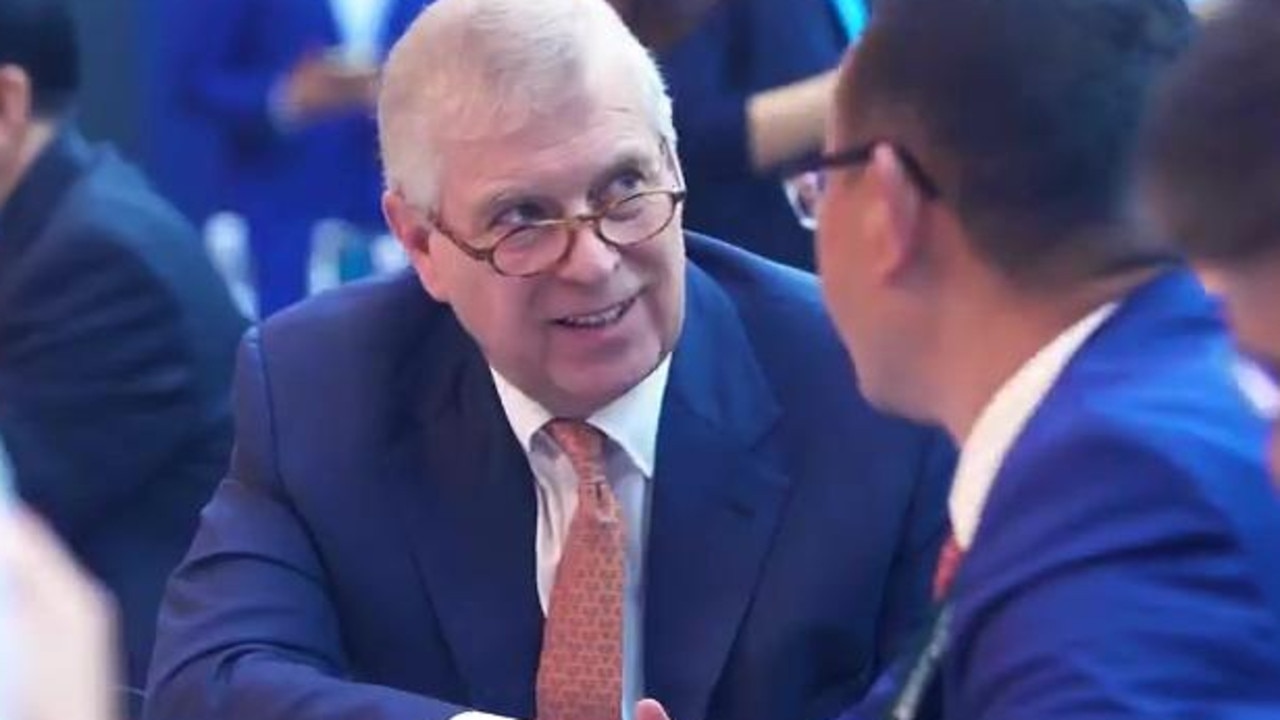Vienna shooting: Terror threat from second-generation immigrants has roots in Balkans conflict
The attack in Vienna has exposed the roots of the terror threat hanging of Europe is closer to home than the war in Syria.

For much of the past decade the civil war in Syria and the seething instabilities across the wider Arab world have cast the shadow of terrorism over European cities.
Yet the attack in Vienna has exposed roots of this threat in an older conflict much closer to home.
The decade of wars in the Balkans after the break-up of Yugoslavia in the 1990s not only flooded western Europe with illegal firearms; they also provided a proving ground for jihadist fighters and radical preachers.
The background and motives of Kujtim Fejzulai, 20, who was shot dead after murdering four people and wounding 22 on Monday night, remain obscure.
But there are clues that his story goes back to the killing fields of the Balkans.
Fejzulai was born in Austria to ethnic Albanian parents from what is now North Macedonia, and held passports from both states. He had been sentenced to 22 months in prison for attempting to join Islamic State in Syria. In a video uploaded to Instagram before the attack, he pledged allegiance to Abu Ibrahim al-Hashimi al-Quraishi, who has been the emir of ISIS since Abu Bakr al-Baghdadi’s death in October last year.
A report by the Austrian counter-terrorism agency, the BVT, two years ago identified as the chief threat not new arrivals in Europe, but second-generation immigrants, particularly from Chechnya, Turkey and the Balkans. These made up the bulk of the 200 to 300 young men who made their way from Austria to Iraq and Syria in the hope of waging jihad, not just with ISIS but with Jabhat al-Nusra, a proxy of al-Qa’ida, and other extremist groups.
While the Austrian contingent of foreign fighters was relatively small, it was one of the highest per capita for any country in Europe.
Studies of interviews with these jihadists suggest that many were radicalised by Salafist clerics from the Balkans, who have seized on ISIS as a channel for their hatred of western society.
One of these is Mirsad Omerovic, also known as Ebu Tejma, who was born in the Sandzak region straddling the Serbian-Montenegrin border and arrived in Austria as a child. He trained as a teacher and then began to preach at the Altun-Alem mosque in Vienna, a notorious hotbed of extremism. In hundreds of YouTube videos, most of them in German, Omerovic urged his followers to fulfil their holy duty of jihad in the Middle East. Many of these videos are still online.
In 2016 he was imprisoned for 20 years, the longest sentence Austria has imposed for terrorist activities, but this has only burnished his standing as a martyr of radical Islamist values.
Jihadism is not a simple phenomenon. It is a morass in which fundamentalist dogmas dating back centuries, geopolitical traumas from decades past and a novel layer of virulent and technology-powered international extremism slither over one another beneath the surface of society.
The bloodshed in Vienna is a grim reminder of the forces that lurk in those depths.
The Times


